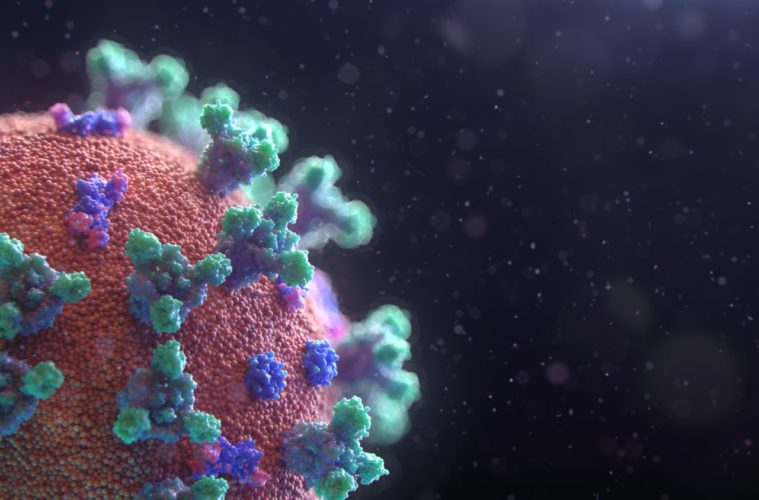Researchers at the University of California, Irvine (UCI) have come up with an innovative way to track COVID-19. Known as TrackCOVID, the UCI team has created a smartphone application that allows users to anonymously log their interactions and whereabouts, providing a better understanding of when and where the public may be coming into contact with the virus.
“Contact tracing is the process of tracking down and isolating people who may have been exposed to an infectious disease after someone has tested positive,” said lead author Tyler Yasaka, a software engineer and junior specialist in otolaryngology at the UCI School of Medicine in a recent article published by UCI’s communications team. “This process has traditionally been slow and inefficient, and current technology-based solutions have privacy concerns because they require continuous tracking of everyone’s location.”
TrackCOVID solves this problem by utilizing the data logged by users to create an anonymous graph of interactions. Whenever a user goes to a public place or comes into contact with others, they can either create a checkpoint or join a preexisting checkpoint, allowing researchers to identify potential hotspots of virus transmission.
As more interactions take place over time, individuals are linked together anonymously. Those who test positive for COVID-19 report their results to the app, and the app will use the data that has been logged to alert all those who may have been exposed.
“If the customer happens to be at an elevated risk level, they’ll see an alert on their screen,” app co-author Brandon Lehrich said in a statement given to UCI. “If enough public places are doing this, then a lot of contact tracing will happen without any users making a conscious effort other than scanning a QR code when they go shopping. From there, I think people will start to see the value of the app and begin using it to create checkpoints for their private interactions as well.”
The more people who log into the app, the better it works.
“We built a simplified simulation model that showed the app is more effective – that it flattens the curve of infections – when more people use it,” said co-author Dr. Ronald Sahyouni, a biomedical engineer in UCI’s joint M.D./Ph.D. Medical Scientist Training Program and an incoming neurosurgery resident at UC San Diego, in UCI’s news release.
Lehrich, who earned a B.S. in biomedical engineering at UCI in 2018, hopes to enlist the help of essential businesses and gain the endorsement of government officials in order to promote the app’s use and flatten California’s curve.
Free to use, this open-sourced app could be instrumental in supporting Governor Newsom’s six-part plan to reopen California’s economy, as the first step calls for “tracing and tracking individuals” to better identify where isolation should still be mandatory.
“We hope our app goes viral before too many more people come in contact with the more dangerous virus,” says Yasaka.
Advertising disclosure: We may receive compensation for some of the links in our stories. Thank you for supporting Irvine Weekly and our advertisers.

